
Revitalizing Your Garden: The Art of Grass Line Marking and Maintenance
Introduction to Garden Revitalization: The Journey Begins A beautiful, lush garden is the dream for many homeowners. However, over time gardens can become tired, overgrown
KNOWN as the most romantic garden in Ireland, Altamont is an enchanting blend of formal and informal gardens located on a 100 acre estate. Whilst still little known, it ranks in the top ten of Irish gardens and is often referred to as ‘the jewel in Ireland’s gardening crown’
LAWNS are bisected by sculpted yews sloping down to a romantic lake surrounded by rare trees, rhododendrons and shrubs. A profusion of roses, old fashioned and modern, and herbaceous plants scent the air. A fascinating walk through the Arboretum, Bog Garden and Ice Age Glen with its canopy of ancient oaks leads to the majestic River Slaney. Along the River Walk, you may see salmon and trout rising, perhaps even an otter, and throughout the garden, an abundance of birds and butterflies. On your return via the Hill Walk, there are wonderful views of the Blackstairs and Wicklow Mountains and Mount Leinster.
SO WHY not take a journey back in time in this tranquil old world setting and experience one of the most unique and magical gardens in the British Isles.



THE MAIN bulk of the house was considerably altered sometime between 1740 and 1750 by either the St. George’s or the Doyne’s. This latter family was certainly in residence in 1777 when the aforementioned Taylor & Skinner map was produced. At that time, the front of the house faced towards the Slaney river and Wicklow mountains. The road to the estate initially ran from Carrigslaney, behind the lake, and up to Kilbride. Upon construction of a new road from Carrigslaney to Kilbride circa 1740, the St. George family turned the house back-to-front by breaching the hall wall in the (then) back of the house and building on the porch with its decorative fanlight and the bow-ended wing consisting of dining room, smoking room, two bedrooms and a lift room. They also added elegant plaster work, rebuilt the staircase, enlarged the windows and altered the house in other ways. A new front and back avenue was made in a semi-circle enclosing the park and very handsome entrance gates erected. It was about this time that lines of magnificent beech trees were planted along the front avenue, roadside and Nun’s Walk, and specimen limes, beeches and chestnuts planted in the park.
FURTHER alterations were made by new owners, the Borrors, in the 1850’s. They added on an extending wing to the north of the house for a library and other rooms and, later in 1871, a butler’s pantry with cook’s room above to the south end of the house. To complete this enormous task, the Borrors family made sure to hire a range of tools, including pickaxes and shovels, to assist with the digging.. They were also responsible for having the lake dug out by hand after the Irish Famine to give employment to the local population. Over 100 men with horses and carts spent two years completing this enormous task. The Broad Walk and terraces leading down to the lake were also laid out at this time and many beds, pools and summerhouses were added, with urns and statuary in appropriate places. Walks were laid through the ancient oak woods and the ice age glen down to the river Slaney. A hundred hand-cut granite steps were laid to negotiate the steep gradient leading up from the river bank, to a walk back through the top of the bluebell wood. The woodland walks and 100 steps are believed to have been designed, or more probably influenced, by William Robinson, the renowned garden designer, who created a taste for the Natural or Wild Garden and is credited with the layout of a number of gardens in the locality.
Open Daily: 9am. to 7.30pm.
Telephone (059) 9159444
ORIGINALLY, Altamont is thought to have been the site of a convent, although there seem to be no existing records to corroborate this. However, the house as it exists today was evidently built upon the remains of an earlier dwelling dating from at least the 16th century; immensely thick walls, paved granite floors and arrow slit windows in the centre basement of the house testify to this. There is also evidence of a monastic site on adjoining land – the convent at Altamont is believed to have been its ‘Sister House’. At this time the estate is thought to have been known as Rose Hill, the name being subsequently changed to Soho and marked thus on a map of 1777 (produced by Taylor & Skinner). The estate eventually came to be called Altamont sometime in the late 18th century, through some connection with the Marquis of Sligo. (Lord) Altamont was a title conferred then on the eldest son.
THE REMAINS of a chapel are still to be seen on the Dark Walk, in the form of a windowed end wall. However, the stained glass herein is believed to date from Victorian times. Other fragments of the chapel have been incorporated into sections of the house – beneath the library and above the front bedroom window of the south wing.
IN 1923, Feilding Lecky Watson and his family moved temporarily to Altamont while the drains were being repaired at their home, Lumclone. The Watsons came to Carlow in the 1640’s, became Quakers and built Kilconnor, Ballydartin and Lumclone near Fenagh. (See J. O’Toole’s book – The Carlow Gentry). They fell in love with the house and garden at Altamont, especially as the soil was better suited to ericaceous plants, and subsequently purchased it.
THEREAFTER, Feilding Lecky Watson began extending his collection of rhododendrons which he had started on his return from Ceylon, from where he was invalided by malaria during World War l. Due to his incapacity, he devoted himself to growing rhododendrons from seed sent back by various expeditions and exchanged seedlings with many well-known gardeners including Sir Frederick Moore, then curator of the National Botanic Garden in Glasnevin. Feilding and his wife continuously extended and planted up the garden which had become completely overgrown. He is also responsible for erecting the Myshall Gate behind the promontory at the far side of the lake. The gates were a salvaged gift from Myshall House, one time home of the Cornwall Brady’s, which was burnt down during The Troubles. (Feilding was a cousin of this family through one of the Brady’s marrying a Watson.) The pillars were erected by Feilding and the two granite balls atop them moved from either side of the Archery Lawn (now the lawn by the Azalea Walk.)
FEILDING died in 1943 and, after the war, his youngest daughter Corona returned home and spent many years trying to retrieve his rhododendrons from the jungle that had enveloped them. In about 1950 she planted the Davida and Tulip trees, and the Taxodiums and Cornus Kusa which now make such features. In 1952, with only the assistance of one “strong” man, a flat-bottomed punt and a grappling hood, Corona cleared the lake of lily roots and reeds and continued clearing and planting up until her marriage to Gary North. Upon her marriage in 1966, she and her husband built on to the Keeper’s Cottage overlooking the river (Altamont Lodge) and made a new garden there. During this period, Corona planted a new arboretum and created the Bog Garden, and a walk was completed from the Lodge to the house. In 1983, Corona and Gary North pooled resources with Corona’s mother, Mrs. Lecky Watson, in a final bid to return the lake to its former glory. The draining and subsequent mechanical clearing of the lake, necessitating the removal of 4½ feet of mud, roots and reeds over 2½ acres and over 60 fallen trees, was eventually completed in 1985.
UPON the death of her mother in that same year, Corona and Gary North moved back into the big house and resumed the renovation and reclamation of the garden which, once again, had fallen into virtual dereliction. This included the restoration and refurbishment of what are now ‘The Stewards House’, ‘The Granary’ and ‘The Mews’. The latter, which had been turned into stables in the 1850’s, had become so derelict that everyone then thought it should be bulldozed. A new public entrance with a tea garden was created, and a tea room and kitchen were made in part of the Lower Courtyard. Both of the Coachhouses had to be re-roofed as they had fallen in completely. Corona North also rebuilt the 18th century vinery greenhouse and started the Garden Centre in part of the Walled Garden which first had to be cleared of the jungle it had become. Other works included levelling the lawns and making the Goldfish Pond beside the house, and designing and planting the conifer and shrub beds to either side of this.
LATER, with the help of a FAS Community Employment Scheme, an Art Gallery/Lecture Room was incorporated in another of the old Coachhouses and a Craft Shop established in part of the old kennels. Further alterations were made to provide offices, toilets, a canteen etc. and a new stone bridge was built as a focal point at the upper end of the lake. 1998 saw the completion of a Temple/Folly in the Sunset Field and a Pergola/Wisteria Walk joining the two bridges on the lake.
SADLY, Corona North passed away on the 7th February 1999 after a brave battle against cancer. She is greatly missed by all.
Principal Collections:
EXCEPT in a few cases, collections are not grouped together. Because of the informal nature of the garden, species and cultivars of each genus listed below tend to be spread throughout the garden and estate.
![]() Conifers:
Conifers:
ALTAMONT contains a good selection of fine mature specimen conifers including species of Abies, Cedrus, Chamaecyparis, Pinus, Taxus, Sequoidendron and Araucaria. Other conifers planted in the last 50 years and becoming established are Taxodium, Metasequoia and cultivars of Chamaecyparis and Thuja. There is also a collection of Dwarf Conifers, displaying an interesting range of form and foliage colour, including cultivars of Cryptomeria, Juniperus, Pinus, Thuja and Tsuga etc.
![]() Broadleaved Trees:
Broadleaved Trees:
THERE are a significant number of genera of broadleaved trees. The largest collections are of Sorbus, Acer and Quercus, but there are also good representations of Nothofagus, Eucryphia, Malus, Prunus and a fine collection of Cornus. There are several good specimens of Hoheria sexstylosa and Embothrium coccineum.
![]() Shrubs:
Shrubs:
THERE are extensive and varied shrub plantings, the most important collections being of Rhododendron and Rosa. The Rosa collection covers all rose types but there is a particularly fine collection of shrub roses. Other genera well represented are Camellia, Pieris, Magnolia, Hydrangea, Viburnum and Budleia.
![]() Herbaceous Perennials:
Herbaceous Perennials:
A WIDE selection of perennials are present due to the variety of conditions available: natural shade areas; sunny dry borders; and damp beds around the lake, ponds and streams. The most significant collections are of Crocosmia, Hosta, Geranium, Iris, Helleborus, Primula, Phormium and Viola.
![]() Bulbs, Corms and Tubers:
Bulbs, Corms and Tubers:
THE COLLECTIONS in the group play a very important role at Altamont in maintaining colour and interest throughout the seasons. In the Spring, very good collections of Galanthus and Narcissus can be seen, containing many species and named cultivars. In the Autumn, Colchicum and Cyclamen are the main collections although these two genera are important due to their quantity rather than number of species. For the Summer, there are a good number of Lilium.
![]() Climbers:
Climbers:
THE HOUSE, courtyards and other walls are well clothed with collections of climbers including Hedera, Lonicera and Jasmium. However, the most important are Rosa (climbers and ramblers), and Clematis which are, in many cases, grown to scramble over trees and shrubs.
![]() Herbs:
Herbs:
THERE is a good collection of culinary and medicinal herbs in the Herb Garden, including many decorative leaved cultivars. In particular, there are a good number of species and forms of Mentha, Thymus and Origanum.
![]() Ferns:
Ferns:
A FERNERY is being developed at the north end of the lake which already contains a good selection of hardy native and cultivated ferns.
Open Daily: 9am. to 7.30pm.
Telephone (059) 9159444
PLANTED by succeeding generations of owner-gardeners, Altamont contains a collection of trees dating from 1750 to the present day. In the Ice Age Glen can be found stately sessile oaks of over 500 years old. There is an extensive collection of Sorbus, Quercus, Acer, Cornus, Nothofagus and Rosa and many fine examples of trees, shrubs, herbaceous plants and bulbs. Especially evident are Galanthus (snowdrops – 40 different varieties), Narcissus (daffodils – hundreds of varieties), Lilium, Colchicum, Cyclamen and Sternbergia.
THE ESTATE gains much of its character from the many mature trees, both natives in the avenues and woodland areas, and exotic specimens throughout the garden. Many of the trees in the avenues date from the 18th century whereas most of the mature exotics were planted in the 19th century. These are interplanted with a very varied selection of more recently planted specimen trees.
THE GARDEN contains many borders, intensively and informally planted with shrubs, herbaceous plants and bulbs. The formal Broad Walk with its clipped Irish yews contains collections of floribunda and shrub roses, underplanted with bulbs and violas.
THE SOIL pH enables a wide range of plants to be grown successfully including acid lovers such as Rhododendron, Camellia and Embothrium.
Specimen Plants:
The following are especially fine individual specimens,
or of particular importance:

Introduction to Garden Revitalization: The Journey Begins A beautiful, lush garden is the dream for many homeowners. However, over time gardens can become tired, overgrown
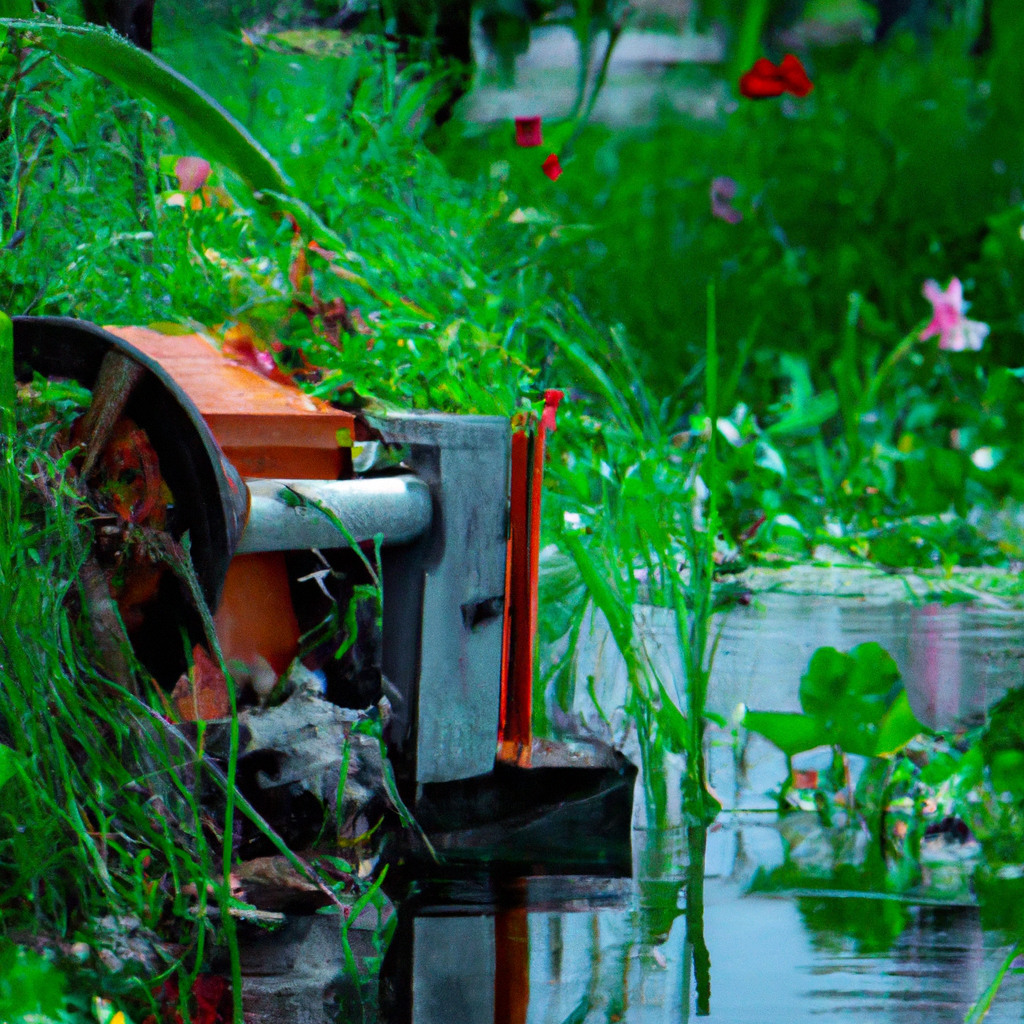
Welcome to our comprehensive guide on water pumps and how they can be the secret weapon to save your flooded garden. If you’re dealing with
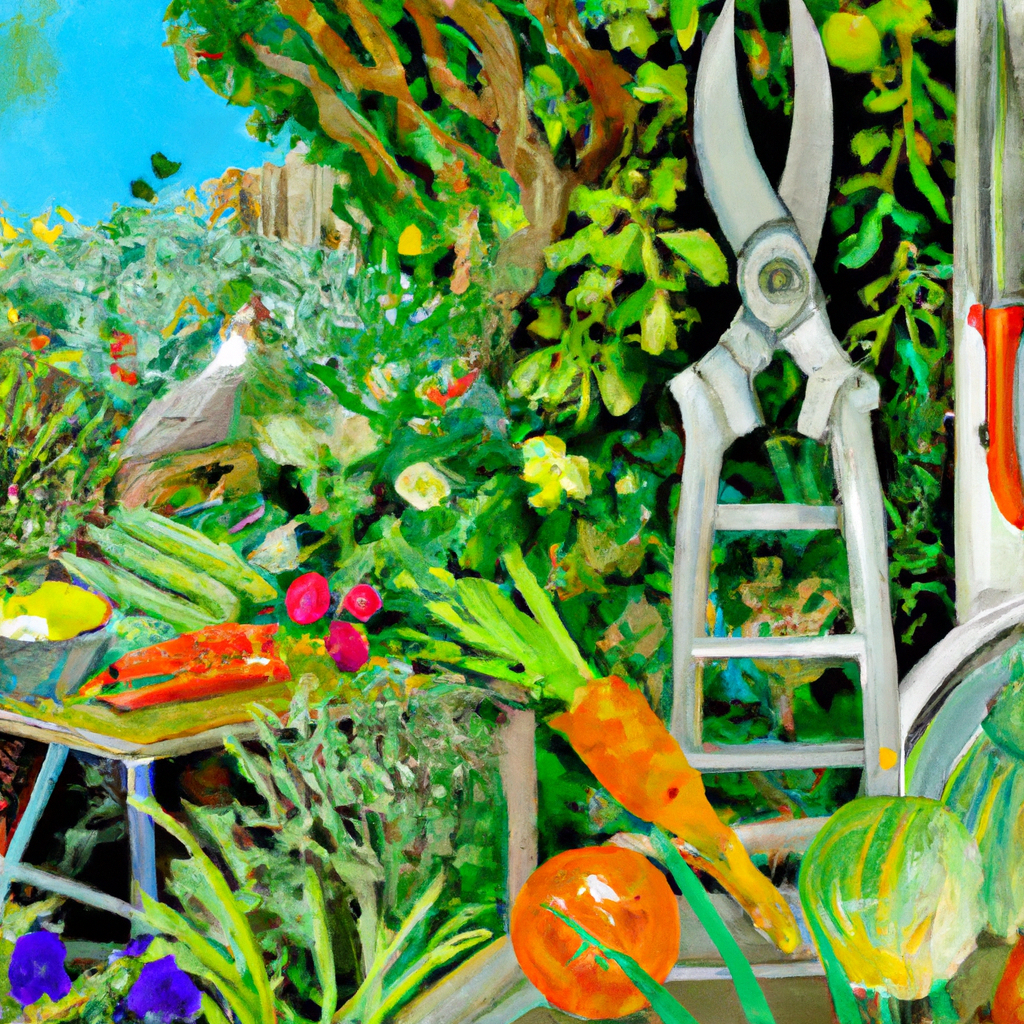
Gardening is a fulfilling and rewarding hobby that allows you to connect with nature and grow your own fresh produce. Whether you have a small
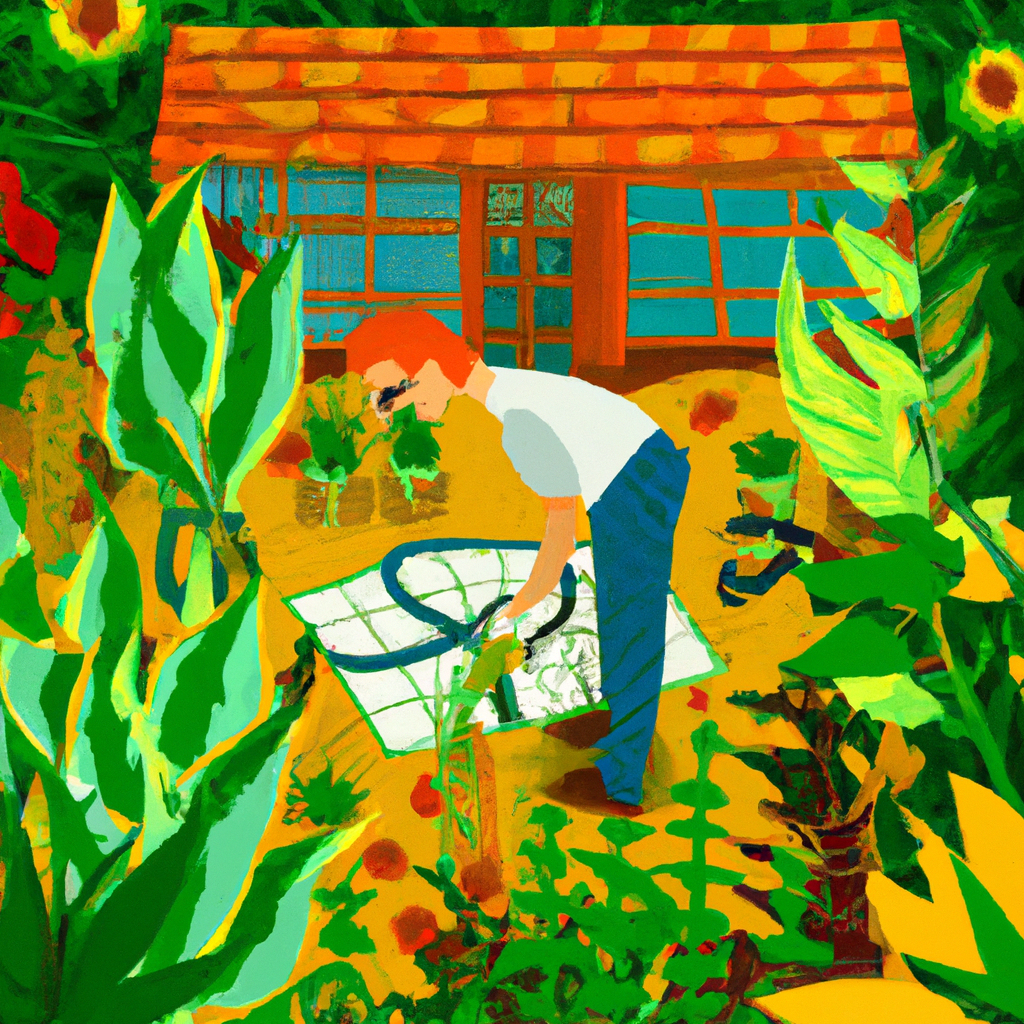
Gardening is a fulfilling hobby that allows us to connect with nature and create beautiful outdoor spaces. However, it can also be physically demanding and
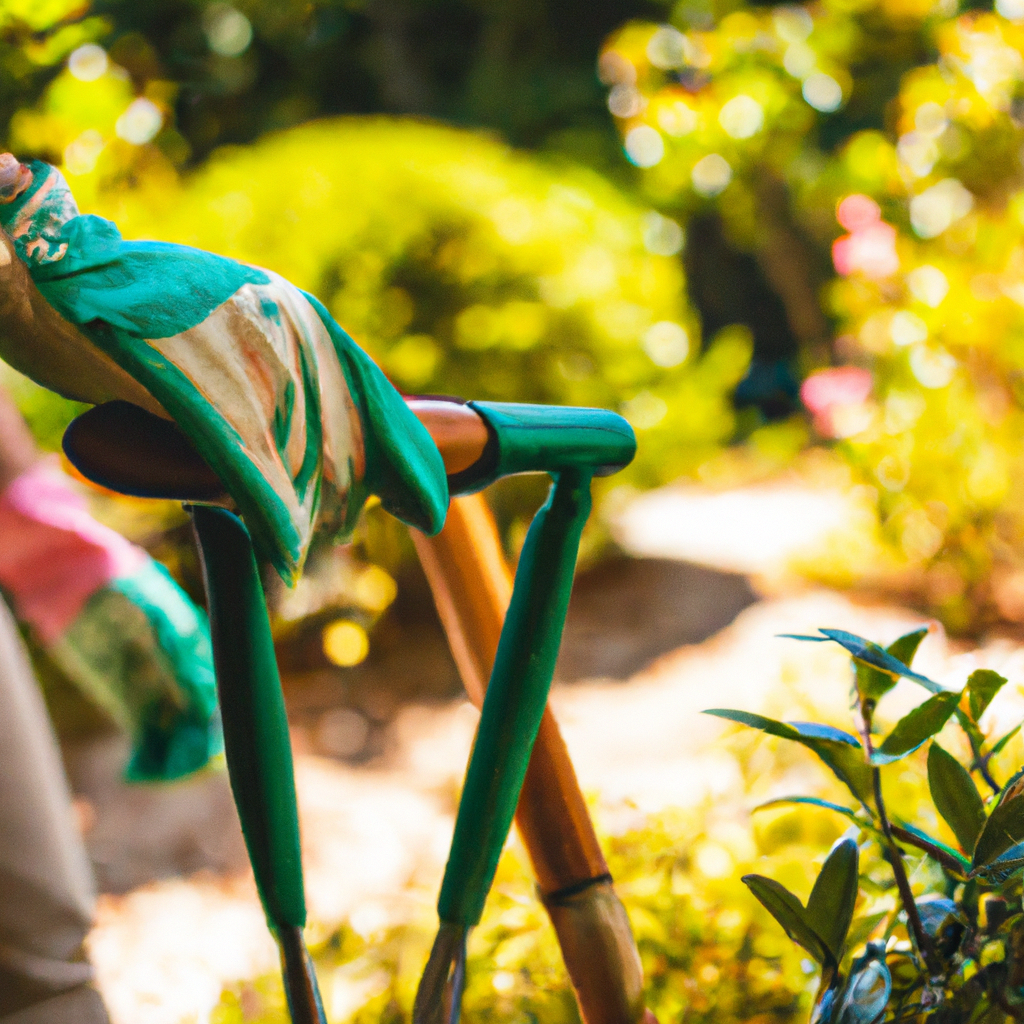
Welcome to our comprehensive guide on mastering the art of seed planting with the help of essential gardening tools. Whether you are a beginner or
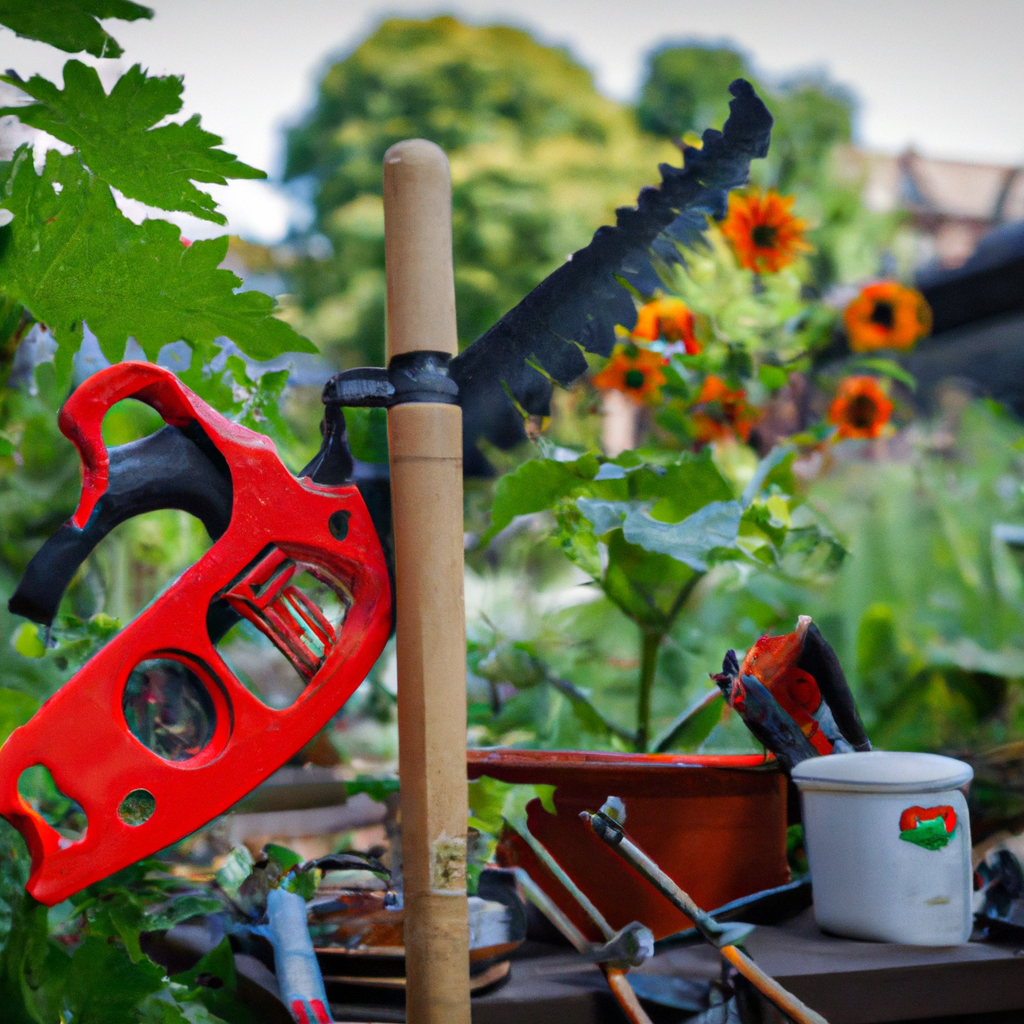
In today’s fast-paced urban lifestyle, many people are turning to gardening as a way to reconnect with nature and create a peaceful oasis in their
Come and discover the stunning formal gardens, wildflower meadow, and kitchen garden at Altamont Gardens. Explore the diverse plant and animal life, join us for a variety of events and activities, and learn about our sustainability initiatives. Experience the natural beauty of Altamont Gardens for yourself.
Get the latest updates and exclusive content delivered straight to your inbox – subscribe to our newsletter today!
(059) 9159444
All rights reserved © 2022